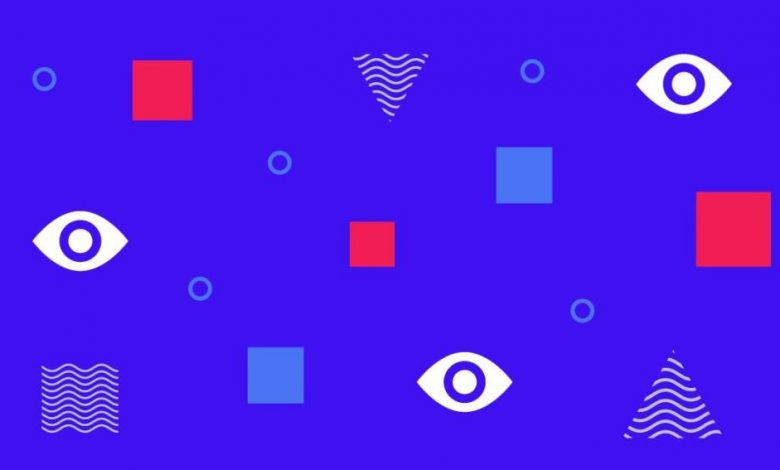The Psychology of Color in Web Design

The Psychology of Color in Web Design: Creating a Memorable User Experience
When it comes to web design, the use of color is not just about aesthetics. It has a significant impact on user experience and can influence how visitors perceive and interact with your website. Understanding the psychology of color is crucial for creating a visually appealing and engaging website. In this article, we’ll explore the importance of color in web design and how it can affect users on a subconscious level.
Why is Color Important in Web Design?
Color plays a vital role in web design because it can evoke emotions, convey messages, and create a memorable brand identity. By choosing the right colors, you can attract users, encourage them to stay longer on your website, and even guide their actions. Here are some reasons why color is essential in web design:
1. Emotional Response
Colors have the power to evoke emotions and influence how users feel about your website. For example, warm colors like red, orange, and yellow can create a sense of excitement and urgency, while cool colors like blue and green can promote calmness and relaxation. By understanding the emotions associated with different colors, you can create an emotional connection with your audience and enhance their overall experience.
2. Branding and Identity
Color plays a crucial role in establishing a strong brand identity. Consistent use of colors throughout your website can help users recognize your brand and differentiate it from competitors. For instance, the vibrant red used by Coca-Cola instantly triggers their brand association. Selecting colors that align with your brand values and target audience is essential for effectively communicating your message and building brand recognition.
3. Visual Hierarchy and Attention
The use of color can guide users’ attention and help create a clear visual hierarchy on your website. By contrasting colors, you can highlight important elements such as call-to-action buttons, navigation menus, or featured products. This helps users easily navigate through your site and encourages them to take desired actions, leading to higher conversion rates.
Frequently Asked Questions (FAQs)
Q1: Are there specific colors that work best for web design?
A1: There are no one-size-fits-all rules for color selection in web design. The effectiveness of colors depends on various factors such as your target audience, industry, and brand personality. However, it’s important to ensure that the colors you choose are visually appealing, readable, and consistent throughout your website.
Q2: Can colors impact website loading speed?
A2: No, colors do not directly impact website loading speed. However, using large image files or excessive background gradients can increase file sizes, which might affect loading times. It’s essential to optimize and compress your images to ensure fast loading speeds, regardless of the colors used.
Q3: How can I test the impact of color on my website?
A3: To test the impact of color on your website, you can use A/B testing. Create multiple versions of your web pages with different color schemes and monitor user behavior and conversion rates to determine which colors resonate better with your audience. This data-driven approach will help you make informed decisions about color choices.
In conclusion, the psychology of color plays a significant role in web design. By understanding how different colors evoke emotions and influence user behavior, you can create a visually appealing and engaging website. So, choose your colors wisely, considering your brand, target audience, and desired user experience. By doing so, you can effectively communicate your message, enhance brand recognition, and leave a lasting impression on your visitors.



